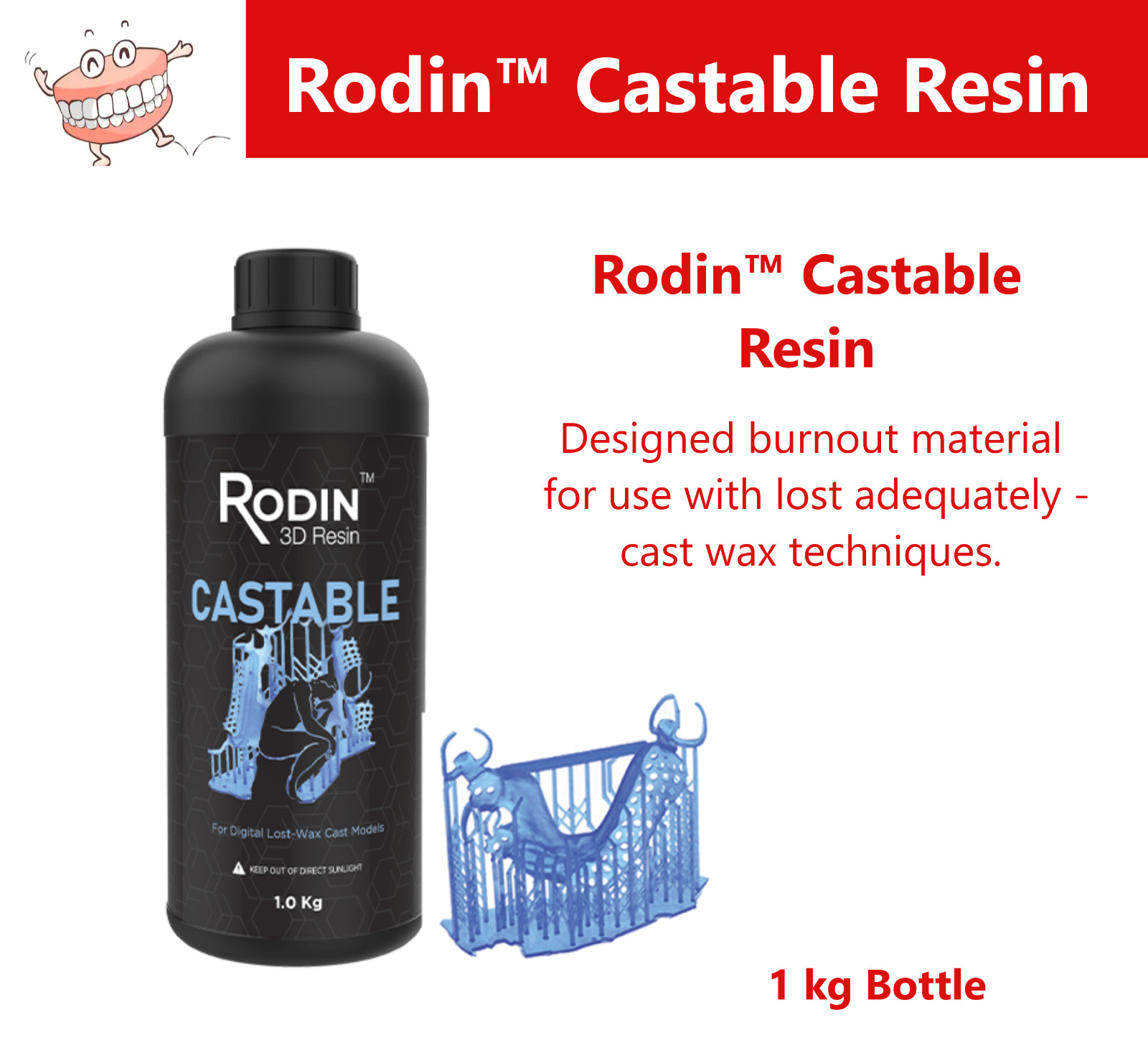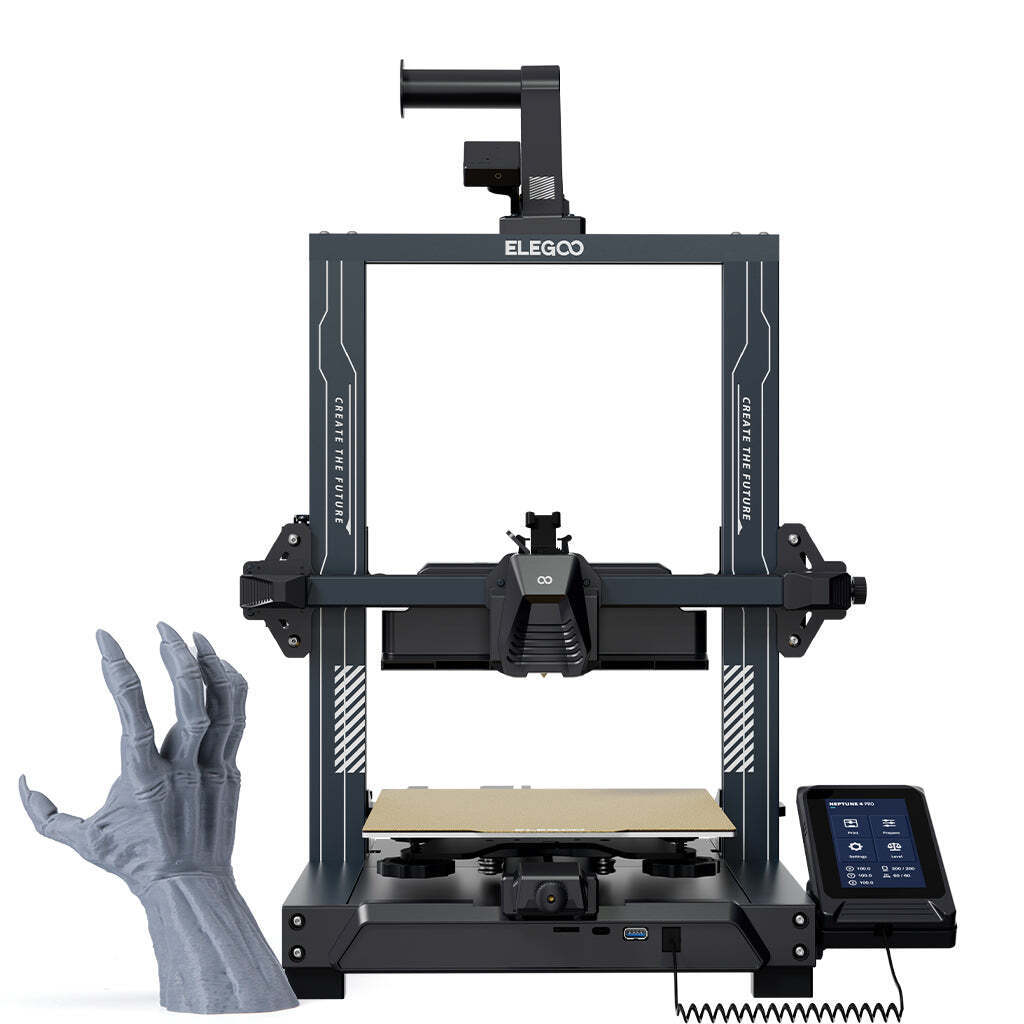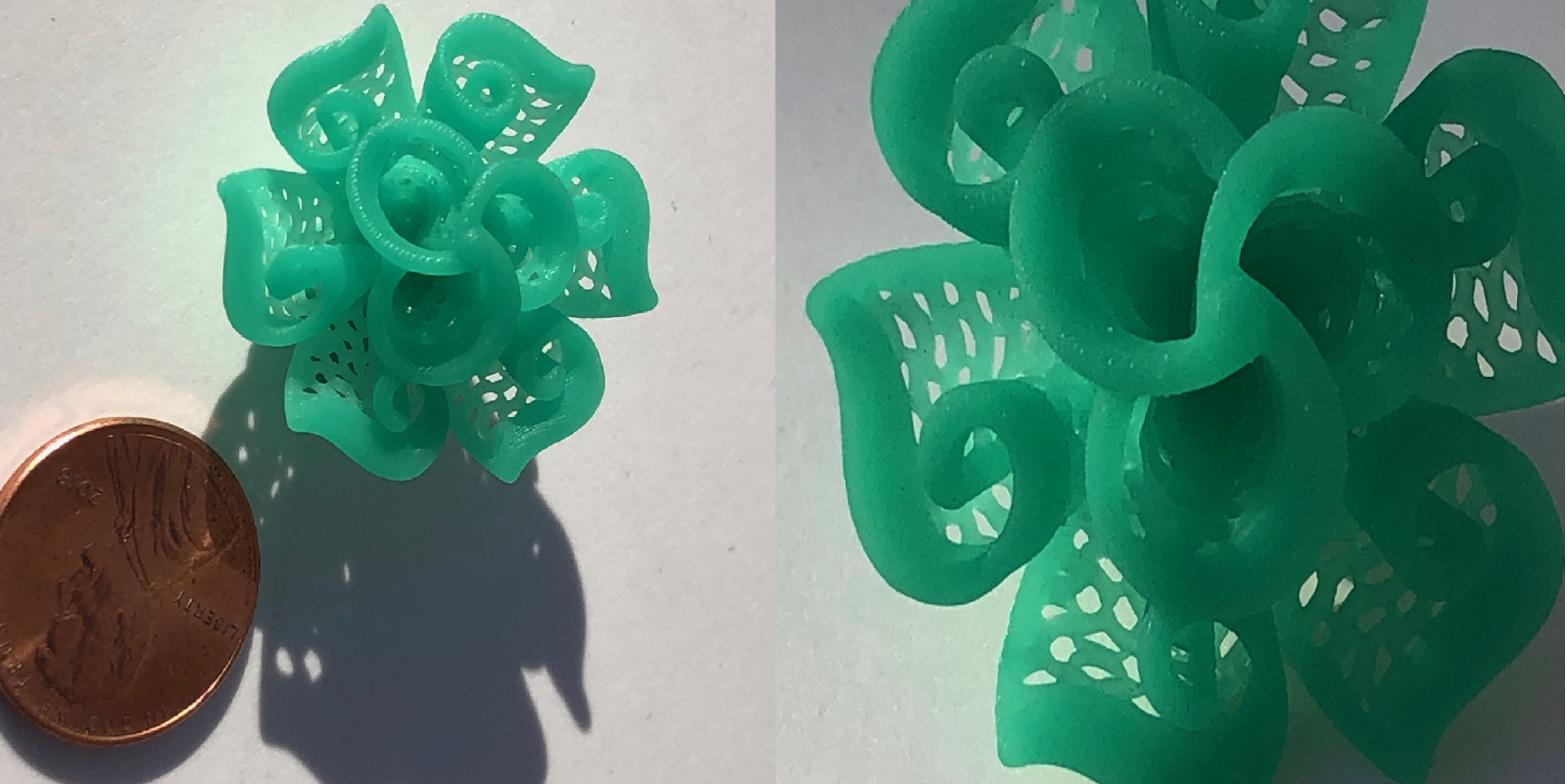3D Printing Technology is a way to create real-world objects from digital designs. It all starts with a computer model, which gets turned into layers that a 3D printer builds up one by one. Think of it like making a cake, adding layer after layer until you have something amazing.
This technology has opened up a world of possibilities. You can create anything from toys and prototypes to custom parts for machines. It’s super useful for hobbyists, engineers, and businesses who want to make their designs come to life. Plus, you can often make things faster and cheaper compared to traditional manufacturing methods.
How does it work? First, you need a design. You can either create one using software or download a pre-made model. Then, you send this design to the 3D printer. The printer uses various materials, like plastic or metal, and just starts building your object layer by layer. It’s fascinating to watch if you ever get the chance!
Many people love 3D Printing Technology because it allows for customization. Want a phone case that matches your favorite colors? Or maybe a miniature of your pet? With 3D printing, you can make just about anything that fits your imagination. This technology makes creativity and innovation more accessible to everyone.
How 3D Printing Works
3D printing technology is all about bringing your ideas to life. It starts with a digital model created on a computer. You can design this model from scratch or use existing designs. Once you’re happy with your model, it’s time for the fun part. You send that design to a 3D printer, and that’s where the magic happens!
The printer works by layering materials, usually plastic, resin, or metal. It takes your digital design and adds material layer by layer, kind of like building a LEGO structure, but way cooler. Each layer gets added on top of the last one until your object is fully formed. This method lets you create complex shapes that would be tough to make using traditional manufacturing methods.
Different types of 3D printers use various techniques to lay down these materials. For example, FDM (Fused Deposition Modeling) printers melt plastic filaments and squeeze them out through a tiny nozzle, while SLA (Stereolithography) printers use a UV light to cure liquid resin into solid parts. Each technique offers unique benefits depending on your project needs.
When your object is done printing, there might be some post-processing steps involved. This could mean removing support structures, sanding, or painting your new creation. It’s all about getting that perfect finish before you show off your awesome 3D printed project to your friends!
Dental Rodin Castable Resin for 3D Printing 1 Kg
Create precise dental models and restorations with this easy-to-use castable resin
Product information
$269.95
Product Review Score
4.5 out of 5 stars
213 reviewsProduct links
Benefits of Using 3D Printing
3D printing technology opens up a world of possibilities for anyone looking to bring their ideas to life. Whether you're a hobbyist, an engineer, or a small business owner, this tech can transform how you create. Instead of relying on expensive manufacturing, you can print whatever you need right at home or in your workshop.
One of the coolest benefits of 3D printing technology is customization. Want to create a unique part for a project? No problem! You can easily tweak designs to fit your specific needs without the hassle and time usually involved in traditional methods. Each project can be personalized, so you get exactly what you want.
Another major plus is the cost-effectiveness. Traditional manufacturing can rack up costs with materials and labor. With 3D printing technology, you use only what you need. This saves money, especially for prototypes or small runs. Plus, you can experiment without breaking the bank!
3D printing gives you speed too. Need a prototype fast? It’s as easy as hitting print. What used to take weeks now takes just hours or even minutes. This quick turnaround lets you test and improve your designs rapidly, keeping you ahead of the game.
Lastly, 3D printing technology is eco-friendly. Since you only use the materials you need, there's less waste compared to traditional manufacturing. Many printers even use recycled materials, making it a smart choice for the planet.
ELEGOO Neptune 4 Pro: Lightning-fast 3D Printing
Experience high-speed 3D printing with the ELEGOO Neptune 4 Pro for ultimate efficiency in the world of 3D printers
Product information
$269.99
Product Review Score
4.25 out of 5 stars
31 reviewsProduct links
Getting Started with 3D Printing
Once you’ve got your printer, it’s time to dive into the world of 3D modeling. There are many free and paid software options available that let you design your own stuff or customize existing models. Programs like Tinkercad are perfect for beginners. They’re user-friendly and packed with tutorials. You can create a wide range of objects, from simple toys to intricate prototypes.
While you’re learning, don't forget about materials! Most home printers use PLA or ABS filaments, but there are many kinds available for different projects. PLA is great for beginners because it’s easy to work with and biodegradable. ABS offers strength and durability, which is excellent for functional parts. Make sure to stock up on a variety so you can experiment and find what works best for you!
Finally, when you’re ready to print, double-check your settings. This part can be a little tricky, but it's essential for a smooth printing process. Adjust your print speed, layer height, and temperature based on your material. Pay attention to your first layer—getting it right sets the tone for the whole print. Start small and watch your skills grow! 3D printing technology opens up so many possibilities, so have fun with it!







